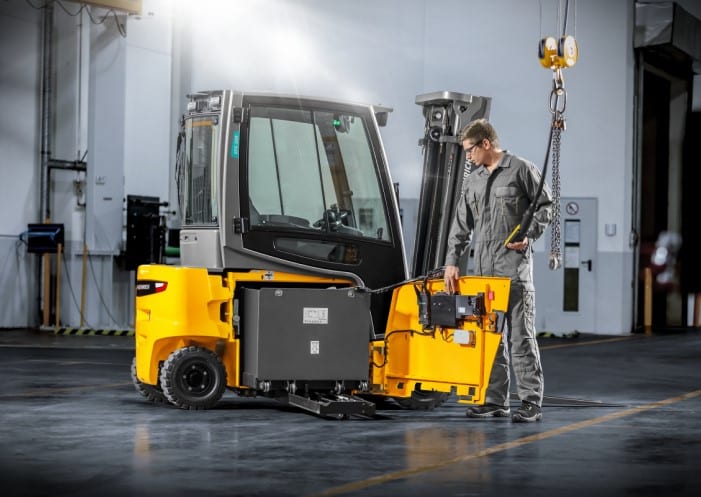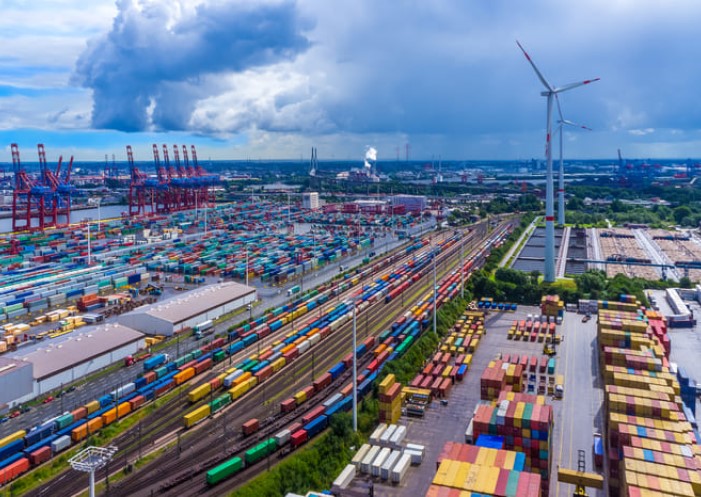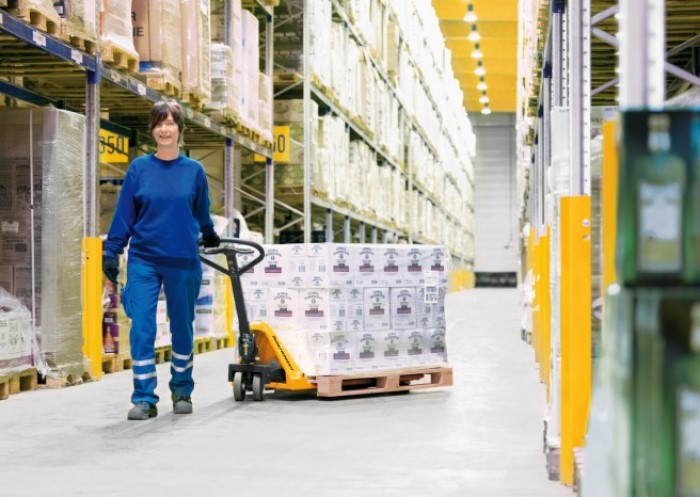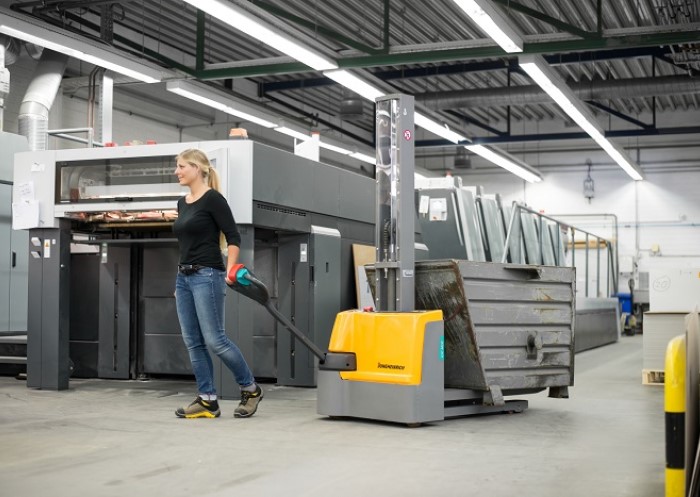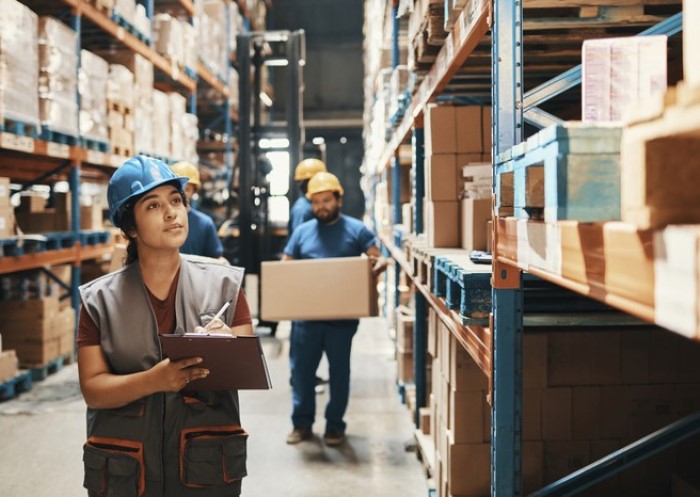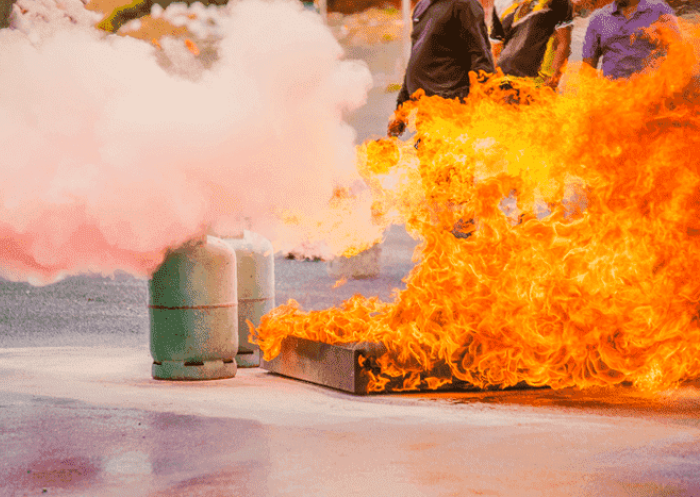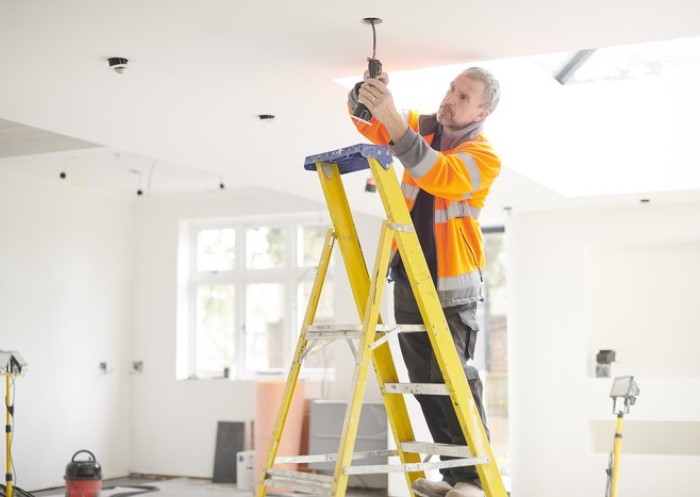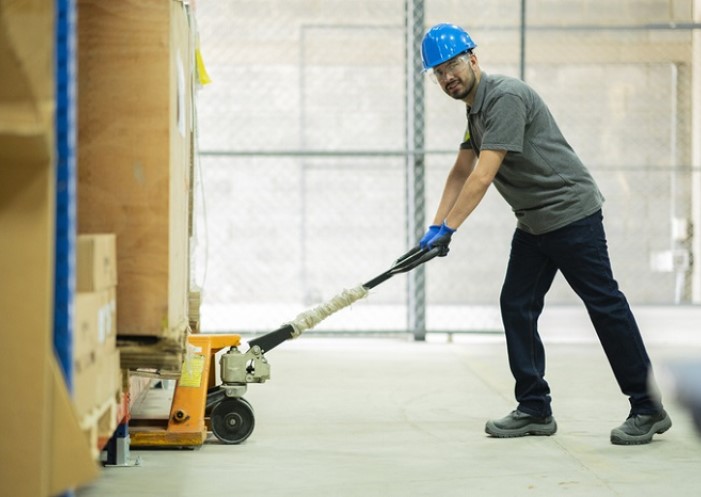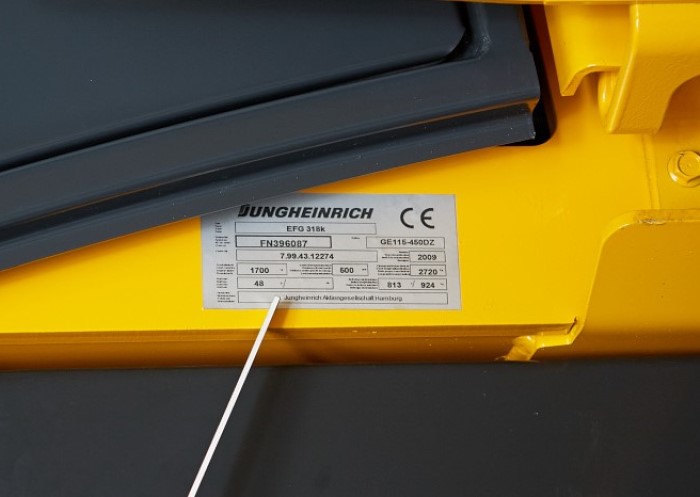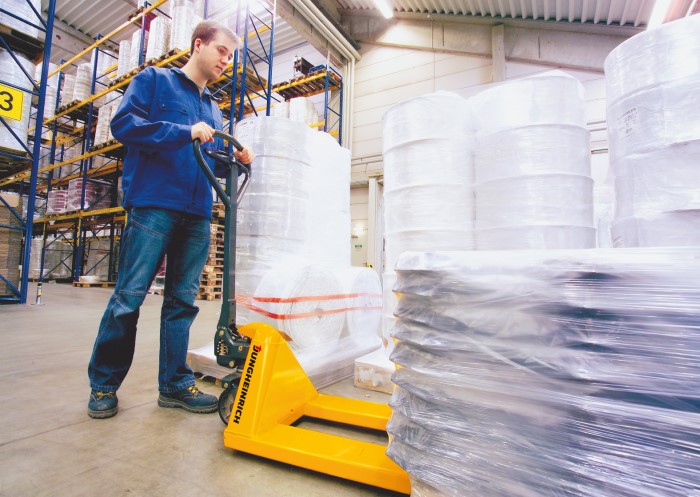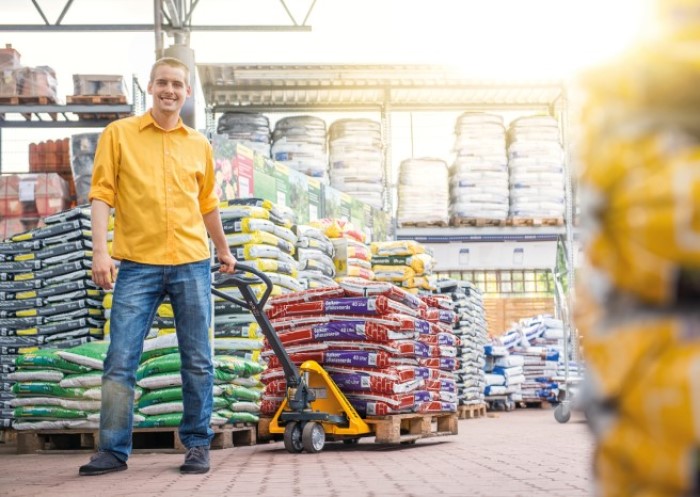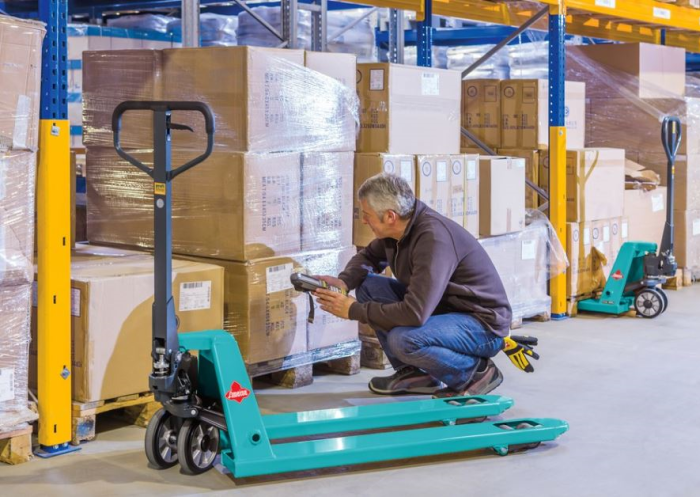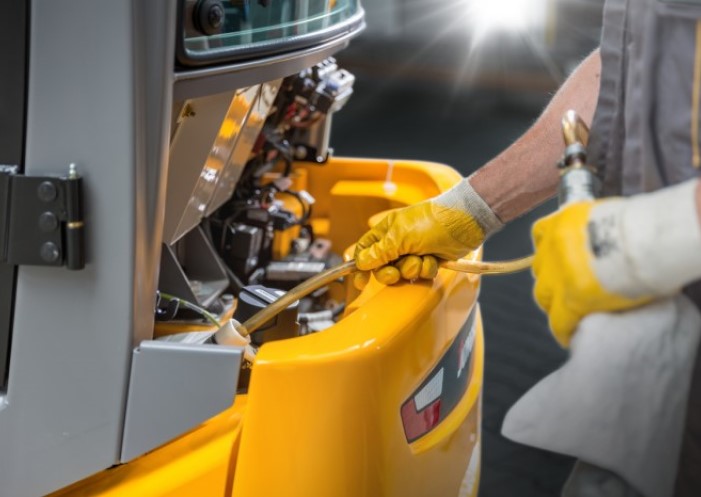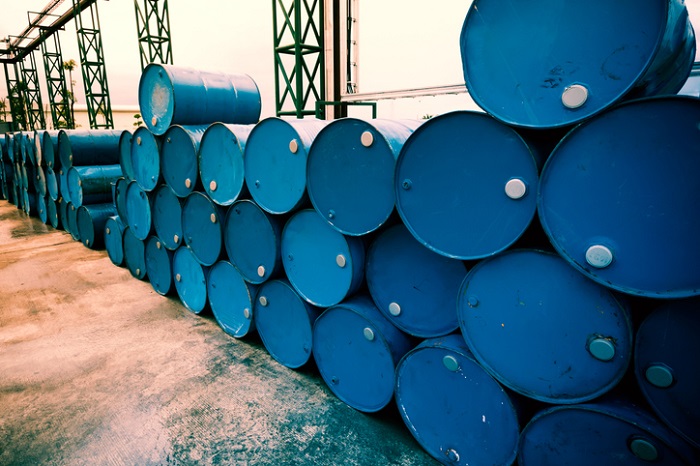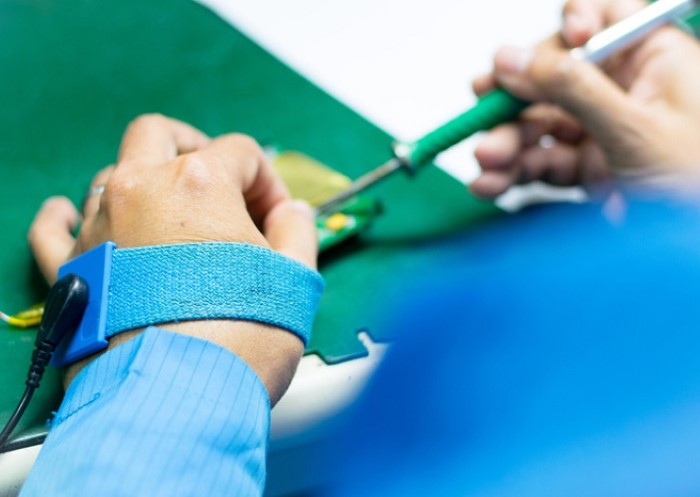Table of contents
CraCrane systems and hoists are subject to enormous forces acting on construction materials, especially when working with heavy loads. The inspection of lifting equipment is a legal requirement in the UK under the Lifting Operations and Lifting Equipment Regulations 1998 (LOLER), which stipulate regular testing of hoists and crane systems to ensure long-term operational safety and prevent accidents.
Crane testing regulations require people and companies who own, operate or have control over lifting equipment to be subjected to regular inspections and training. The rules apply to all UK businesses and organisations that use lifting equipment, whether they own the machinery or not. In the UK, lifting equipment also comes under the Provision and Use of Work Equipment Regulations (PUWER), which also stipulate regular inspection and maintenance.
These regulations mandate that all lifting equipment and operations must be properly checked and performed by a ‘competent person’, who must carry out the inspection of lifting equipment at regular intervals for equipment used to lift people and all lifting accessories, and every 12 months for all other lifting equipment.The law also requires that operations are appropriately supervised and carried out safely.
LOLER requires that all equipment used for lifting is fit for the purpose, appropriate for the task and suitably marked. In some cases, depending on the equipment in question, cranes and machinery will be subject to statutory periodic ‘thorough examinations’ of lifting equipment. The inspection of lifting equipment includes a thorough examination of critical parts. Records must be kept of all lifting inspections and any defects found must be reported to both the person responsible and the relevant enforcing authority.
Why is there a legal obligation to inspect cranes and hoists?
Cranes and hoists must be technically free of faults and classified as safe to work with. The testing of lifting equipment regulations prescribed by Lifting Operations and Lifting Equipment Regulations 1998 (LOLER) are intended to eliminate any occupational risks for people working with or in the vicinity of such equipment. In addition, a regular inspection of the crane equipment helps to prevent potential damage and defects. This can significantly extend the service life of your equipment.
A ‘thorough examination’ under LOLER is deemed to be a systematic and detailed inspection of the equipment and its critical parts. This needs to be carried out at specified intervals by a ‘competent person’ (see more below). A written report must be completed and must contain the information required by LOLER Schedule 1.
This information is required to include:
- The date of the examination
- The date when the next examination is due
- Any defects found which are found or could potentially be a danger to people
If serious defects are found, the competent person must immediately report this to the duty holder. A more comprehensive written report must then be completed, a copy of which must be sent to the relevant enforcing authority.
Which crane systems and hoists are subject to mandatory inspection?
Different legal regulations determine both who is qualified to carry out crane testing and which parts of hoists and load handling attachments are to be inspected. In addition, there are crane inspection regulations that specify the intervals at which operators should have load cranes or hoists and their lifting gear inspected. Some types of lifting equipment are not required to be tested, such as pallet trucks, where the consequence of loads falling is low. The regulations do also not apply to roller shutter doors, escalators and fall arrest ropes.
The term ‘competent person’ is not defined specifically in law but the LOLER Approved Code of Practice suggests that persons carrying out a thorough examination should have appropriate practical and theoretical knowledge as well as experience in working with the lifting equipment in order to detect defects or weaknesses during the inspection, and to determine whether these affect the safety and continued use of the lifting equipment.
Inspection obligation – what kinds of lifting equipment are tested?
LOLER only applies to lifting equipment which is used at work. Some equipment used to transport people or goods, usually from one level to another is not considered lifting equipment. Therefore, it is not subject to LOLER’s specific provisions. However, when used in a work environment, the provisions of PUWER still apply. This could include escalators and moving walkways, conveyor systems and some pallet trucks.
When are thorough examinations of lifting equipment carried out?
Thorough examinations of lifting equipment are required throughout its lifetime, including examinations at specific points in the lifecycle. These include:
- Before use for the first time – unless the equipment has a ‘Declaration of Conformity’ less than one year old or was not assembled on site. If assembled on site a competent person must ensure that the assembly was completed correctly and safely
- Before use at each location, especially for equipment requiring assembly or installation before use, for example tower cranes
While in service, regular checks are needed if the equipment is exposed to conditions that cause deterioration. Lifting equipment will be subject to wear and tear and so will need routine examinations. This can be carried out in the following ways:
- Arranging for a thorough examination to be carried out at the intervals specified by LOLER (every 6 or 12 months, depending on the equipment – see below)
- Conducting examinations in accordance with an examination scheme, drawn up by a competent person
- In exceptional circumstances liable to jeopardise safety, such as damage or failure, long periods of inactivity, or major changes caused by modifications or repairing critical parts.
What are the specified intervals for regular thorough examinations of lifting equipment?
Unless otherwise specified, crane testing regulations recommend thorough examinations be conducted every:
- 6 months for equipment used to lift people
- 6 months for all lifting accessories
- 12 months for all other lifting equipment
Most lifting equipment does not need routine testing as part of the inspection as overload tests can cause damage. When testing is necessary, it is not required at every thorough examination. Crane testing is based on an assessment of risk as determined by the competent person and based on relevant information from the manufacturer.
How should an inspection be documented?
Records should be kept of all thorough examinations and inspections. These lifting inspection records do not have to be in hard copy form, but written copies should be provided when necessary. Records should also be protected from alteration. The contents required in a thorough examination report are specified by Schedule 1 of LOLER.
If a defect is identified, then all parties should be notified immediately. Effective action should be taken to manage risk by ensuring the lifting equipment is not used until the defect is fixed. The relevant enforcing authorities must be provided with a copy of the report and may follow up such reports to check that risks are being managed.
If a defect is identified which does not require the immediate cessation of use of the lifting equipment, you must remedy the issue within the time specified on the report. Lifting inspection reports can contain additional observations from the competent person on the condition of the equipment which may help you to manage and maintain your lifting equipment.
FAQs for the inspection of lifting equipment
The scope of LOLER is wide and includes a range of equipment. There are two important definitions:
• Lifting equipment means work equipment for lifting and lowering loads, including attach-ments used to anchor, fix or support the equipment
• Accessories for lifting means lifting equipment for attaching loads to machinery
These two categories include machinery such as cranes, stairlifts, slings, workplace passenger and goods lifts, construction hoists and scissors lifts, amongst others.
Unless otherwise specified, thorough examinations of lifting equipment should be conducted every 6 months for equipment used to lift people, 6 months for all lifting accessories and 12 months for all other lifting equipment.
A competent person or person authorised to inspect equipment must be trained in the field of crane operation and have both the practical and theoretical knowledge of lifting equipment to be examined. This will enable them to detect defects or weaknesses and to assess the safety of continued use of the lifting equipment.
Please note: The regulations mentioned above represent only a selection of the most important legal requirements. Please refer to the listed organisations and directives for more detailed information. If in any doubt, consult experts or contact the relevant regulatory authorities
Image source:
© gettyimages.de – serts

